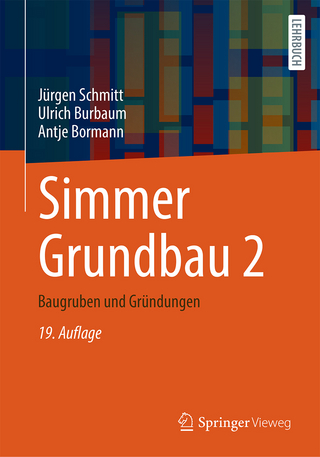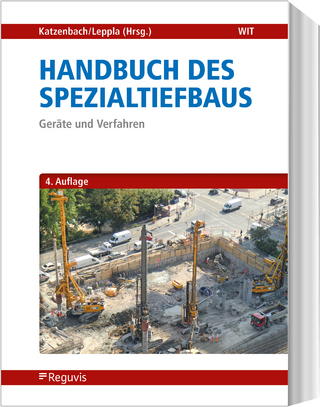
A technical history of the Rio Tinto mines: some notes on exploitation from pre-Phoenician times to the 1950s
Springer (Verlag)
978-94-010-8017-0 (ISBN)
1 The pre-Roman period.- 2 The Roman period.- 3 From rediscovery in the sixteenth century until the eighteenth century.- 4 The mines under Government control.- 5 Private control, 1829–49, the Marquis de Remisa.- 6 The mines returned to Government control, 1849–73.- 7 Early mining operations of The Rio Tinto Company Limited.- 8 Early metallurgical operations of RTC.- 9 Infrastructure for the RTC operations.- 10 Mining at San Dionisio and North Lode.- 11 Ore classification and preparation for shipment.- 12 Hydrometallurgical development.- 13 Pyrometallurgical development.- 14 Sulphur production — the Orkla process.- 15 Miscellaneous activities.- Appendices.- 1 Roman activity elsewhere in the Iberian Peninsula.- 2 Translation of report by Diego Delgado.- 3 Report of 1727 by Robert Shee.- 4 Copper production 1829–1849.- 5 Commentaries relating to the Remisa era.- 6 Copper production 1849–72.- 7 Formation and corporate evolution of The Rio Tinto Company Ltd.- 8 Environmental — land, forestry and farming.- 9 Fundición Mina — furnace charge 1880–1889.- 10 The Bessemer smelter and its operations 1901–14.- 11 Pyritic smelting — furnace charge 1913.- 12 Summary of production and manpower during the period of RTC operations, 1874–1954.- References.
| Zusatzinfo | 147 Illustrations, black and white; X, 116 p. 147 illus. |
|---|---|
| Verlagsort | Dordrecht |
| Sprache | englisch |
| Maße | 210 x 297 mm |
| Themenwelt | Naturwissenschaften ► Geowissenschaften ► Geologie |
| Naturwissenschaften ► Geowissenschaften ► Meteorologie / Klimatologie | |
| Technik ► Bauwesen | |
| ISBN-10 | 94-010-8017-8 / 9401080178 |
| ISBN-13 | 978-94-010-8017-0 / 9789401080170 |
| Zustand | Neuware |
| Informationen gemäß Produktsicherheitsverordnung (GPSR) | |
| Haben Sie eine Frage zum Produkt? |
aus dem Bereich


